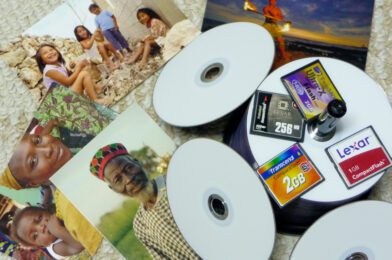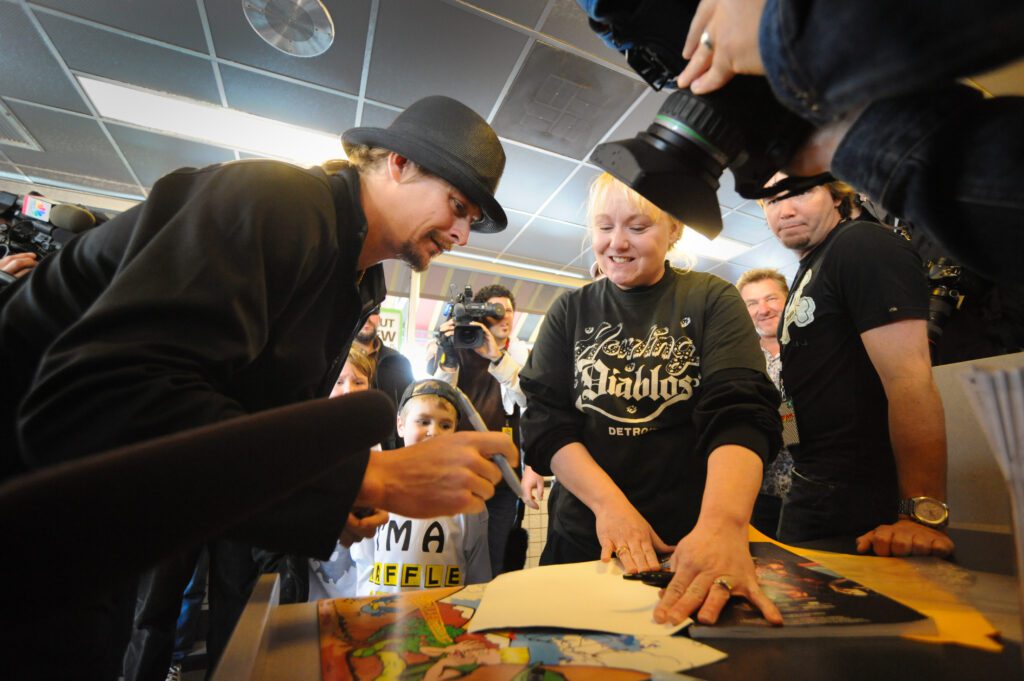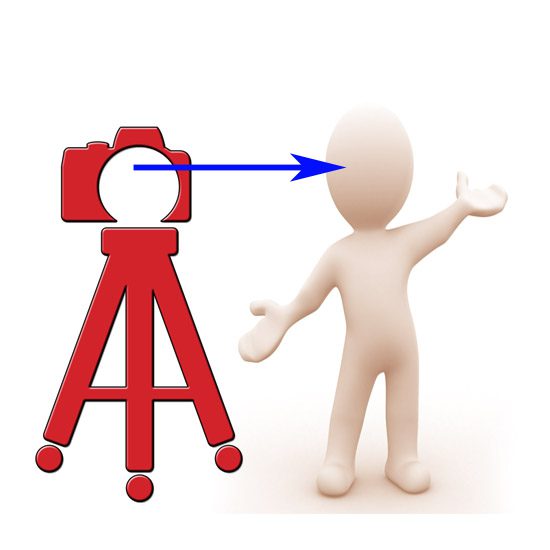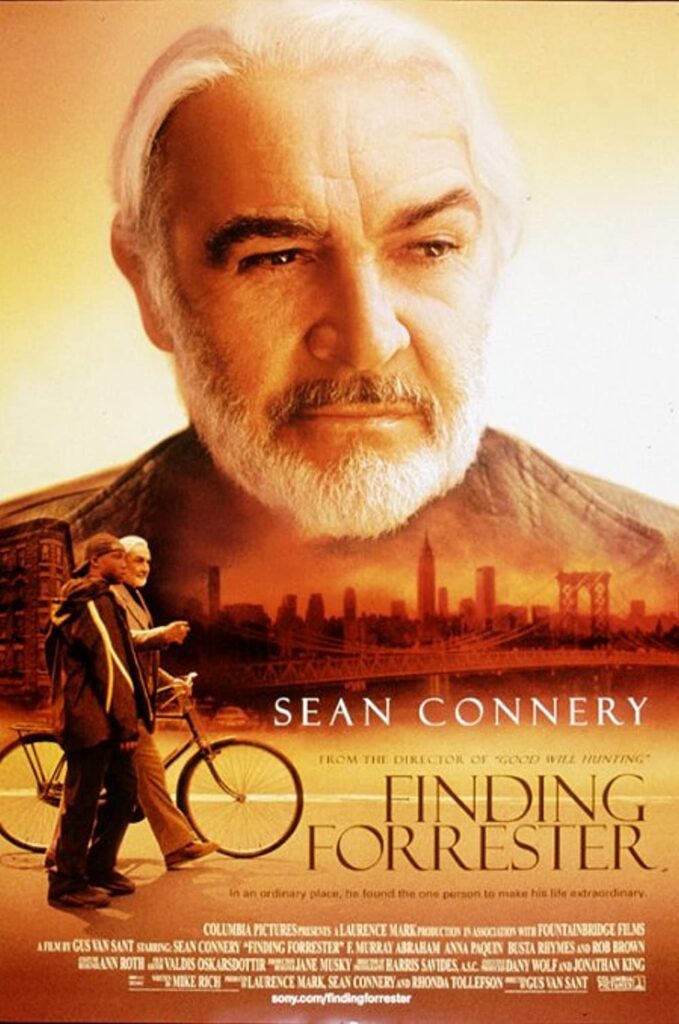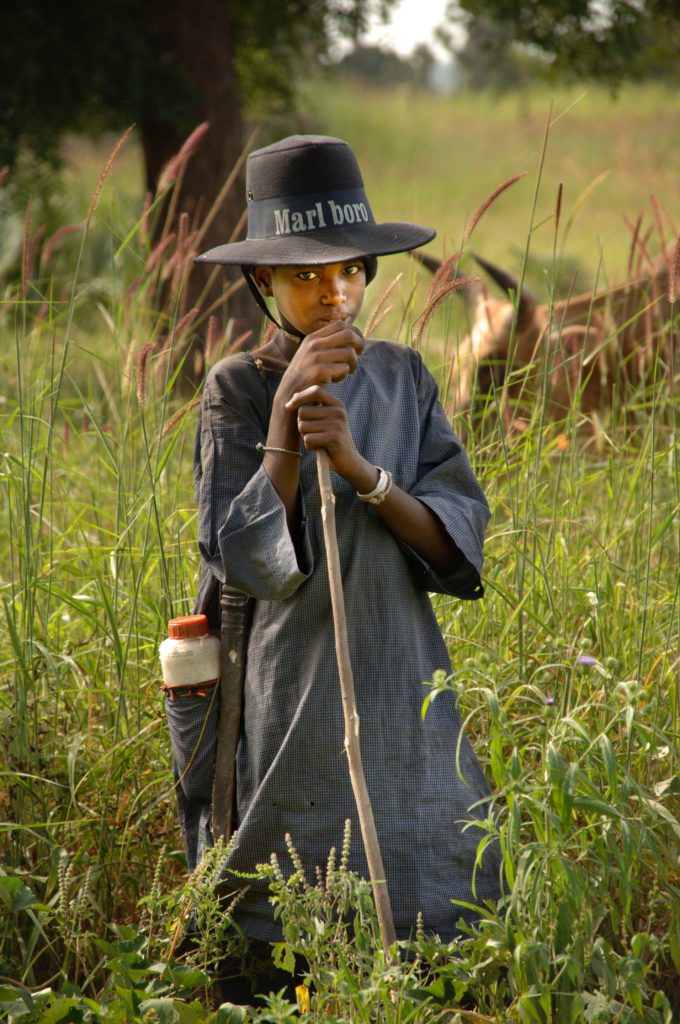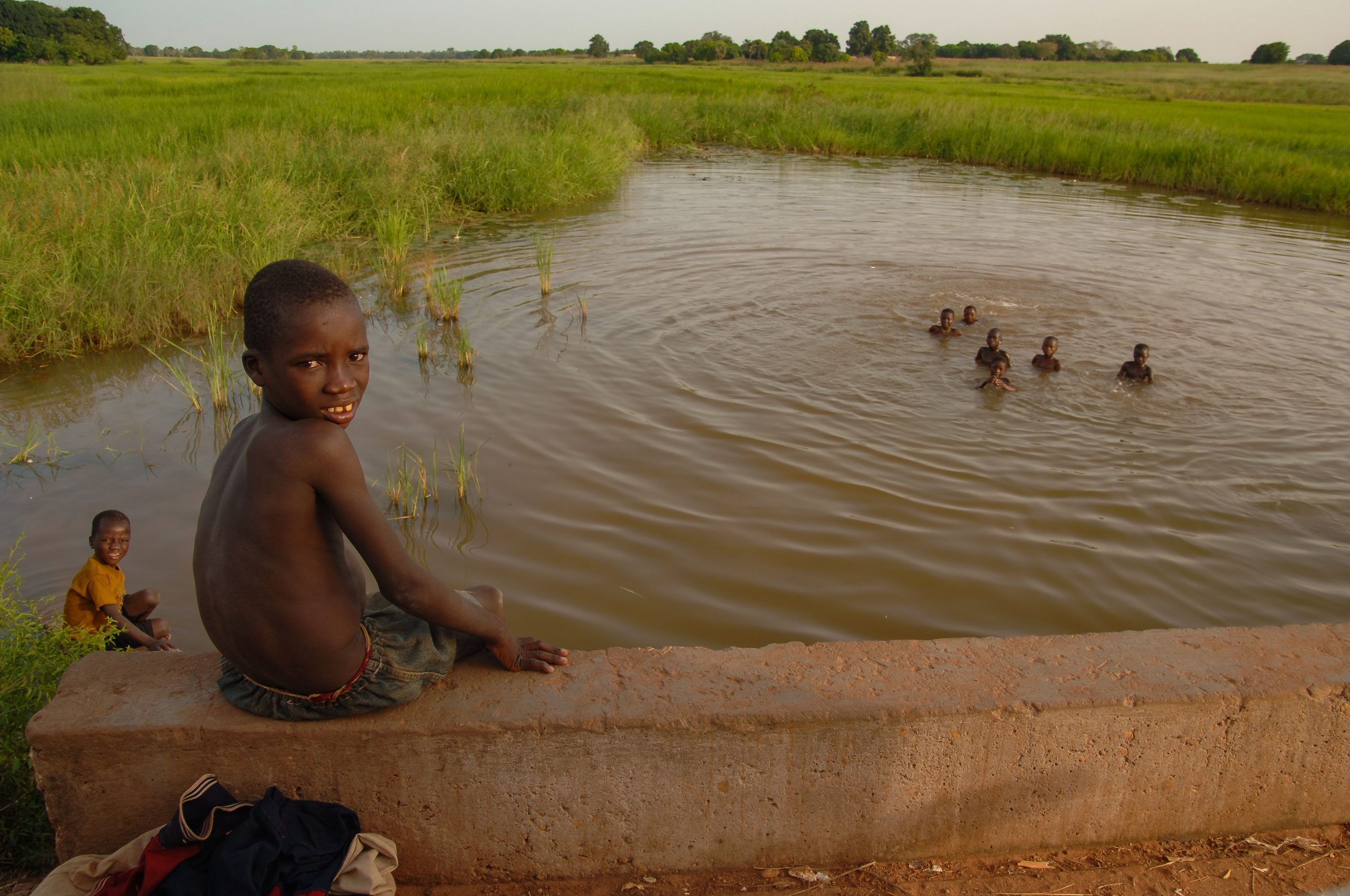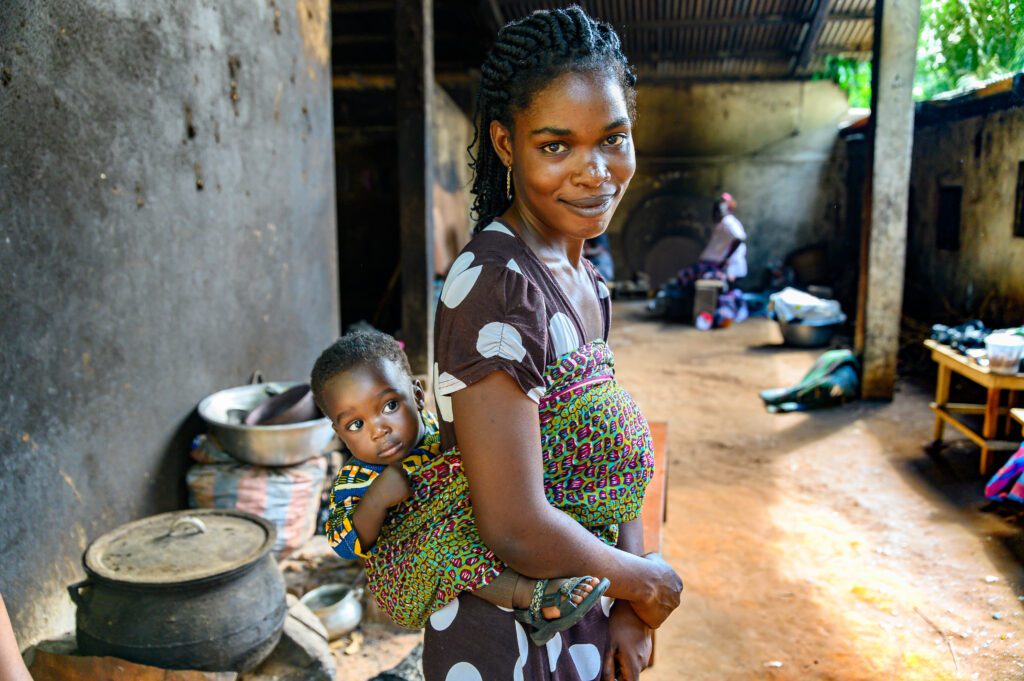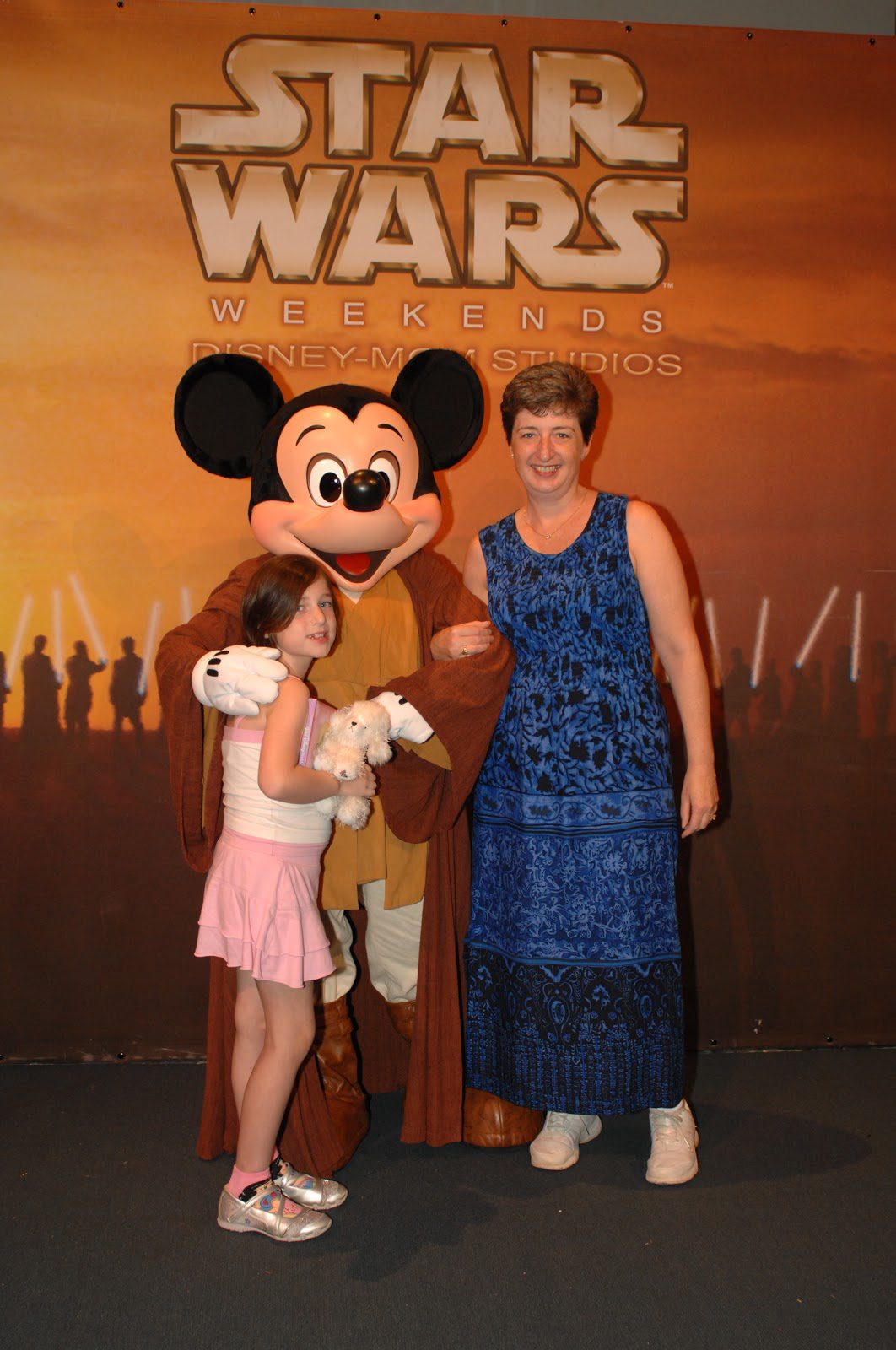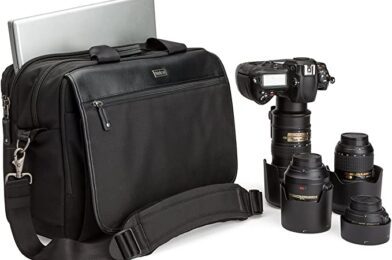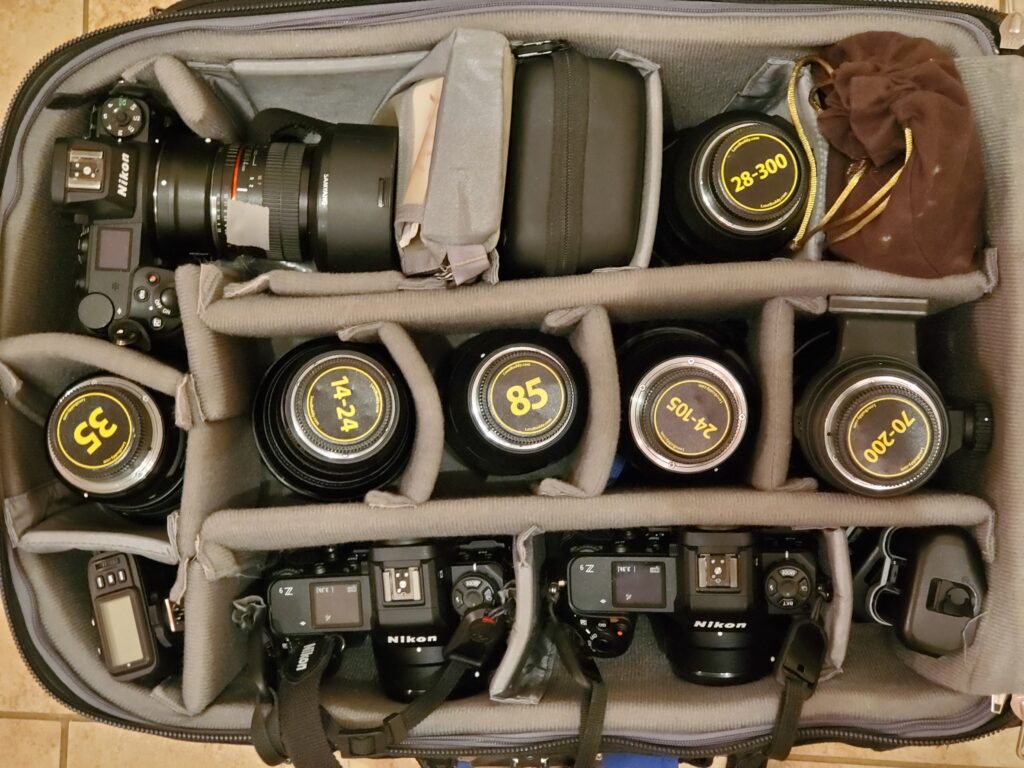To “put all your eggs in one basket” risks losing everything all at once. For me, this applies to two aspects of my business.
First, if you have a niche market, it is good to develop a second niche. Kodak saw the writing on the wall years ago and diversified beyond making film products only. If they hadn’t, they would no longer be around. Second, I have an interest in directing my photography. I love sports, which is where I first started in photography. In college, shooting all the college sports was exciting. I didn’t outgrow this interest but added other areas.
My faith has always been what drives much of my passion. I have worked for the Christian denomination’s mission organization covering missions worldwide, and I continue to do so today. I enjoy things that challenge my heart the way my faith does for me.
I also love technology. Technology challenges my mind. I love to figure out how things work and how to fix things. Curiosity has driven my interest in research and technology photography through the years. All three of these loves exist in higher education. This curiosity and love of technology are why I have helped many schools, colleges, and universities through the years with their recruiting and public relations photography.
There are times when each of these has peaks and valleys throughout the year. By diversifying a little and yet still being niche driven and not all over in my work, I am keeping my eggs in separate baskets with my work.
The second area where I have divided my eggs is marketing my services. One of my best marketing is through networking. Networking is getting me involved in my communities. By joining a photography association, I learn from others and plug into friends who occasionally get overbooked and refer to others they know in the industry. I joined the Atlanta Press Club because many members attend social events and meetings that I would not meet anywhere else. Through the years, I have met people who not only might hire me but become good friends.
I have gone to the library and found every list of people in the markets I am interested in working with to build a database. This database of 3,500+ names is categorized. I have family, clients, and prospects categories and break into almost every imaginable group. I have phone numbers, mailing addresses, and emails. Each of these is a different way to contact people. I call them, send postcards, and send out an e.newsletter and individual emails.
When someone writes me back to unsubscribe from my monthly newsletter, I don’t delete their name—I add them to my no newsletter category. They still get postcards and occasional phone calls.
Lately, I signed up for a new cell plan that lets me make unlimited phone calls as long as I use the Wi-Fi feature of the phone. The new program allows me to make lots of phone calls. I am learning how to have meaningful short conversations with many people. They are significant because I do care about each person. If you don’t feel genuinely interested in people, you have to be one incredible actor (which I am not) to pull this off. I work hard to find as many new people as possible to add to my list. If you are not genuinely interested in someone, it is essential to have someone else to talk to if they don’t exist.
One of the gifts I have, which I have learned to use more daily, is my memory. Once I know something (I understand it), I usually don’t forget. My memory has helped me in ways I am now only beginning to realize. For example, when I meet someone I haven’t talked to in a long time, I can remember so much about them I can almost remember our last conversation. So, I tend to ask how they are doing and how something we talked about last time is going. I know others who call a lot for a business need to write down something about a person when they speak to them to remind them to do this later when they call them again. I started to do this to help me by writing it down once I remembered it, so when I met them again in a grocery store and did not plan to contact them, I remember to ask how they were doing with what we talked about last. Starting with something we discussed before isn’t asking like I am doing therapy and they have a problem. It usually asks about something exciting that has been going on in their life.
When you think you have done all you know how to do in a particular niche in your field, try to apply those principles to a new place. Remember dating when trying to find a new client or knowing how to keep your present ones. Be persistent and try many different approaches.
What’s the enormous room in the world? Room for improvement.




